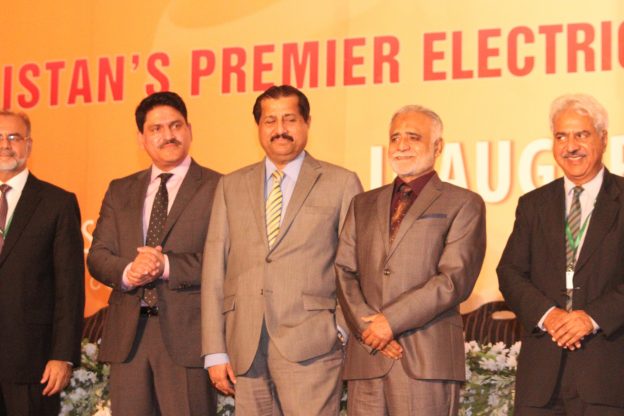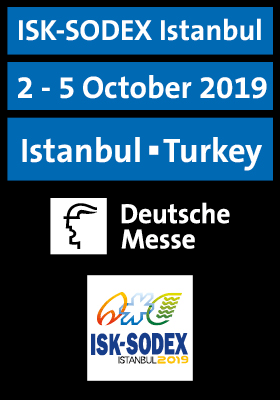The 9th IEEEP Fair held in Karachi’s Expo Center concluded with a positive note and the organizers must be happy with the targets they expected to achieve from such an impressive show.
But still, the fair brought in focus many aspects which should be considered by the leadership of the institution and also by engineering community in Pakistan at large. A genuine analysis of the outcome of such a congregation is a must.
First the bright side! The fair unveiled itself for three days in 4 halls of the Expo Center was well organized and it depicted how Badar expo has transformed into a hardcore organizer of such kind of exhibitions in Pakistan. Also, it showed a comfort level between IEEEP, Karachi Center and its event organizer but some analysts find a slight imbalance indicating a minimizing role of the institution in the organization of the event.
The institution deserves appreciation that it eyes at what Pakistan requires in the future for its engineering sectors as well as its economy.
The technical sessions of the event were well focused and aiming at Electrical vehicles was applaudable as the participants came to know the History of Impediments in introducing locally manufactured EVs in Pakistan. Prof. Dr. Abid Karim from Usman Institute of Technology (UIT) was there to talk about it.
Then, Prof. Dr. Nasim A Khan’s talk on the ‘EVs for Pakistan make economic sense at any time’ synchronized with the world and of course with the national demand moving towards a sustainable future, of which emission-free cars are among its major ingredients.
On Renewables & Distributed Generation front, Dr. Cao’s talk about ‘Modern Wind Technology for achieving better grid stability in Pakistan’, Engr. Mayura Botejue’s talk on ‘Wind and distributed generation in Pakistan’ and Dr. Rana Abdul Jabbar Khan’s talk in the panel discussion on ‘Net Metering’ was just splendid.
The recommendations of the session would surely help policymakers to incorporate many ingredients that the conference highlighted throughout the technical sessions.
The activity outside the conference hall provided an opportunity to electrical, electronics and allied industry alongside with other engineering sectors to interact with each other and talk about rapid developments taking place in the electrical, electronics and allied engineering technology around the world.
Right there where a constellation of Pakistani and foreign companies was present, the absence of some known companies such as Siemens, Sh. Wilayat Ahmed & Sons, Ameenjee Valeejee & Sons (AVS), Pakistan Cables, ABB and others which used to be the part and parcel of the fair was felt. Many vigilant visitors wonder why such reputable companies decided to stay away from the event.
Although the fair had in attendance many local manufacturers, they did not make a big share among the exhibitors and, thus foreign companies, especially from China or Pakistani dealers of foreign companies, seemed to steal the show.
Ironically, the more foreign companies seem to participate in the exhibitions and make them a success, the more local companies confront the issues of their survival. Why is that so is something the institution should come up with an in-depth analysis.
Also, there were many exhibitors who were not happy with the level of the participation by the consultants. We look at them for our products which affect our products positively in the market, says one among them.
They also point out a trend of students’ participation which is on the rise and it does not go well with the exhibitors. The participation of the students may be realized because of their respective universities which made a prominent presence in the fair this time. However, they do not affect the business of the exhibitors.







